Bitterns in Rice Project Update by Matt Herring
It’s hard to know where to begin. We’re learning so much about endangered Australasian Bitterns and their secret lives. Valuable insights and exciting finds have come as thick and fast as the rice has been growing.
Just yesterday, two gorgeous chicks, dubbed Bazza and Beatrice, now about 18 days old, were found hiding under 4-5 feet tall Barnyard Grass on the side of a bank between rice bays. They were about 50 metres from the nest where they hatched into this world. The truth is I was about to see a man about a dog and saw movement in the grass. I thought it was a cat. I couldn’t believe my eyes when I parted the grass. Total fluke, but as they say, ‘you’ve got to be in it to win it’. Anyway, it really demonstrates the value of thick cover on banks and makes for another bittern-friendly rice farming tip. Controlling foxes and cats, which often walk along the banks, is likely to improve the chances of chicks fledging too.
We now have four nests including one that’s active with five eggs. If they hatch soon, they’ll have a reasonable chance of fledging from this late breeding attempt before harvest. Mark Robb has ‘been in it to win it’ again this season and almost stumbled on the nest. The other two nests have presumably already been used because the original nest found now looks much like they do, with little or no evidence of prior breeding but lots of trampled rice immediately surrounding it.
These nests are all very different from the various roosting and feeding platforms that the bitterns build. While it is thought the chicks take 7-8 weeks to fledge, they leave the nest after about two weeks and clamber about in the surrounding vegetation, making any measures of breeding success very tricky. Having said that, all indications are positive for successful breeding in rice crops.
In recent days, we’ve had Andrew Silcocks and Chris Purnell traipsing around the rice as well, trialing Birdlife Australia’s new drone. It showed good potential to complement other methods to find and monitor future nests. It certainly helped us find one of the new ‘old’ nests.
Back to the Australia Day public holiday. I flushed an owl out of a rice crop. Strange. I had a quick look as it flew off and thought that’s an odd place for a Barn Owl to roost. Moments later, I remembered that the similar but very rare Eastern Grass Owl is a ground dweller that only nests on the ground. I spoke to a few people and thought it worthwhile to get a better look to work out if it was them or not. On a neighbouring property just a couple of days ago, together with Andrew, Chris and Mark, we saw two more, then went back to the original site and found that one again. We had great views and were able to confirm a total of at least three, possibly four or five. Grass Owls: another threatened species using rice crops as surrogate wetlands and another secret revealed. Remarkable. Not so remarkable is my photo of one.
There’s a great deal of goodwill and enthusiasm for bittern conservation among rice growers. Almost every day I’m struck by it. The support for the Bitterns in Rice Project has been wonderful and the potential seems endless.
All rice farmers are asked to keep their ears and eyes out for bitterns, especially on dawn and dusk. Sightings can be reported online via the Birdlife Australia website (birdlife.org.au/projects/
The Bitterns in Rice Project is a collaboration between the Rice Growers’ Association of Australia and Birdlife Australia, with key support from the Norman Wettenhall Foundation; the Rural Industries Research and Development Corporation; the Murrumbidgee and Murray Catchment Management Authorities; Coleambally, Murrumbidgee and Murray Irrigation; Coleambally and Murrumbidgee Landcare; the Murrumbidgee Field Naturalists club; and the New South Wales National Parks and Wildlife Service


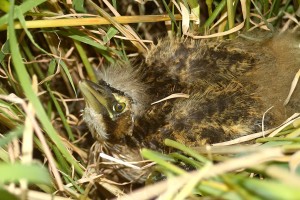
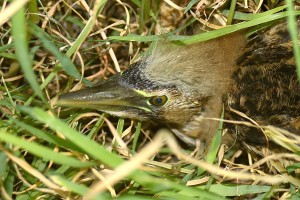
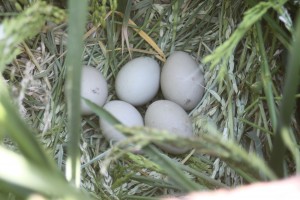
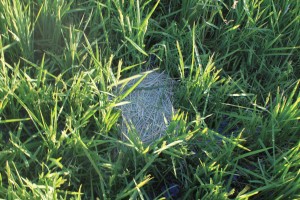
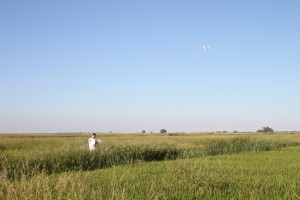
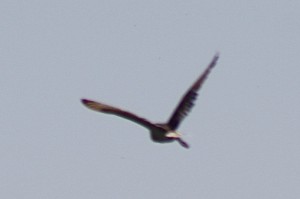
Matt,
Congratulations yet again. After a disappointing year last year, you have certainly made up for it this season. And finding the Grass Owls is another huge bonus – great work.
Hi Matt
Lovely to see these beautiful birds getting a helping hand. Good work especially with all the affiliated groups and particularly the farmers.I’ve only ever seen one ages ago. Well done